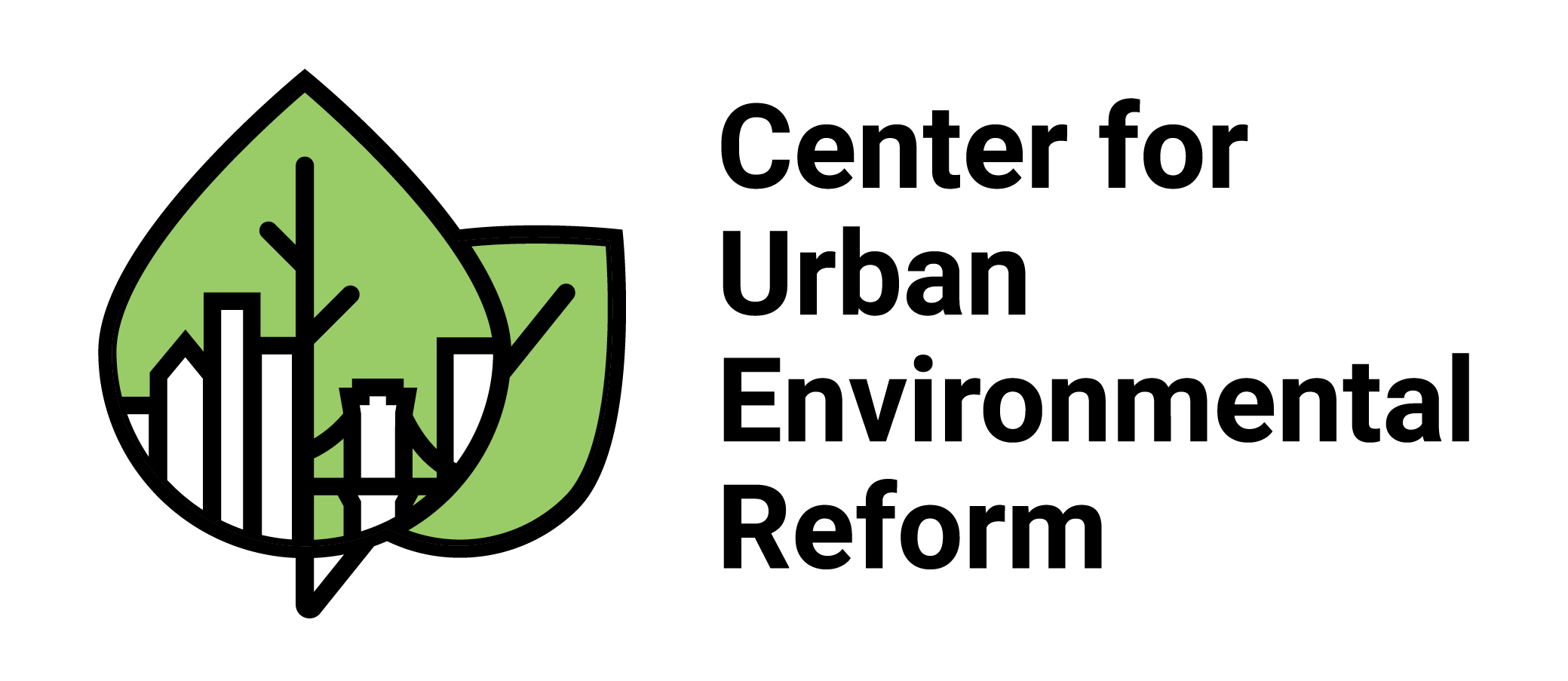Envisioning New Urban Environments
Climate change is one of the defining issues of our time.
Statements like the one above are rarely disputed throughout the World. Even in the United States, where many reject the concept of man-made climate change, there is an acknowledgement by most of the population that we must find ways to deal with the effects of climate change. However, there is often an assumption that the environment is elsewhere, and thus beyond our ability to affect. This is especially true in urban environments, where it is easy to forget that the city exists in a larger environment than the concrete structures witnessed from ground level. This sense of the environment being elsewhere can often lead to a sense of hopelessness or apathy when considering environmental issues and an average citizens’ ability to make an impact on pressing environmental issues.

Renewable energy at work in New York City.
The truth, however, is that those situated in urban environments often have more power to affect environmental issues than those outside the urban environment. There are a number of reasons for this, but the most obvious of these is the economic might that most urban centers wield relative to the surrounding rural areas. New York City spends between $600-$650million a year on electricity. This economic force means that the city and its government have enormous influence in deciding how that power is generated. Further, New York is the largest city in the country. Any successful integration of renewable energy into the urban environment can set an example for the rest of the country in determining a way forward. This integration is not just a remote possibility. It is an achievable goal that can help redefine the way we interact with urban environments and
My name is Christian Harned, a new fellow at the Center for Urban Environmental Reform. Over the coming months, I’ll be writing about the reasons for transforming urban centers with renewable energy, the benefits to those centers and the surrounding regions, and how communities can make this transformation a reality.

